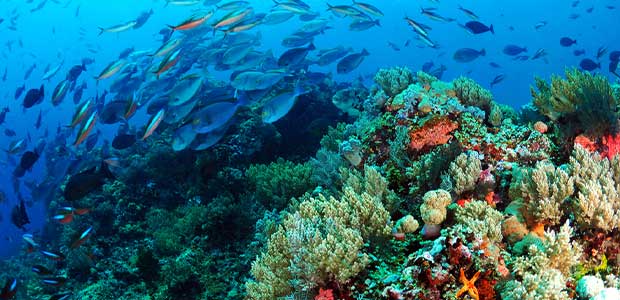
How Does Environmental DNA Help Protect Biodiversity?
By using eDNA sampling, data on local fauna and flora can be collected in an efficient and non-invasive manner.
- By Jane Marsh
- May 12, 2023
Human activities disrupt many ecosystems, requiring more land and natural resources to accommodate the growing population. This is why protecting biodiversity is one of the biggest challenges in saving the environment.
Using environmental DNA is a new field of study that is helping with this endeavor. It can help scientists better understand biodiversity in an area and how to preserve it.
What Is Environmental DNA?
Environmental DNA, also known as eDNA, is the genetic material that is obtained directly from samples. This is mitochondrial DNA an organism releases into the environment as they move naturally. Sampling eDNA has become an efficient method of collecting data on local fauna and flora without being invasive.
Sources of eDNA include feces, mucus, carcasses, and shed skin and hair. They can provide invaluable data on native species, even in extracellular form. The study of DNA has led to many breakthroughs in conservation and environmental science.
Preserving Biodiversity
Studying DNA has led to many breakthroughs in environmental science and conservation. Gathering eDNA makes tracking and identifying species in a local area easier without organizing and funding expeditions. This can save a lot of time and money.
Collecting eDNA makes finding and identifying microorganisms in environments much easier. They are small but can significantly affect biodiversity. There can be millions in any area, and their microscopic size makes it challenging to find and categorize them using conventional means.
However, microorganisms tend to leave significant traces of eDNA throughout the environment. This makes it much easier to identify which species live in an area without tracking them down.
Marine Biodiversity
Environmental DNA studies are beneficial for assessing marine life diversity. Fish and other underwater organisms leave vast amounts of genetic material behind while swimming in the oceans—making marine environments especially ripe for eDNA research. In addition, most of the world's microorganisms live in large bodies of water.
The oceans are the largest environment on Earth, so it’s important to study and categorize ocean life to preserve biological diversity. However, the limitations of human biology can make it challenging to find and document marine fauna.
Using eDNA to find and study organisms living in large bodies of water allows scientists to gather the needed data without going on extensive expeditions. Environmental DNA is especially important in tracking and analyzing endangered species without disrupting their natural habitat.
Environmental DNA and Businesses
Businesses and corporations adhere to more environmentally friendly practices as consumers become more aware of environmental issues. Land development and how it affects biodiversity is one of the chief concerns of companies trying to go green.
To do this, businesses are investing in eDNA studies to inform them about their potential impact on the surrounding ecosystem. These methods involve using soil and water samples to test the area’s fauna. These studies would include microorganisms crucial to maintaining regional diversity.
Minimizing environmental effects allows businesses to attract consumers who care about environmental issues.
Using eDNA to Save Biodiversity
The applications for eDNA to protect biodiversity are numerous. As technology improves, eDNA studies will become more accurate—allowing scientists more ways to preserve diversity and save more species.
About the Author
Jane Marsh is an environmental writer. You can keep up with her work on her site Environment.co.